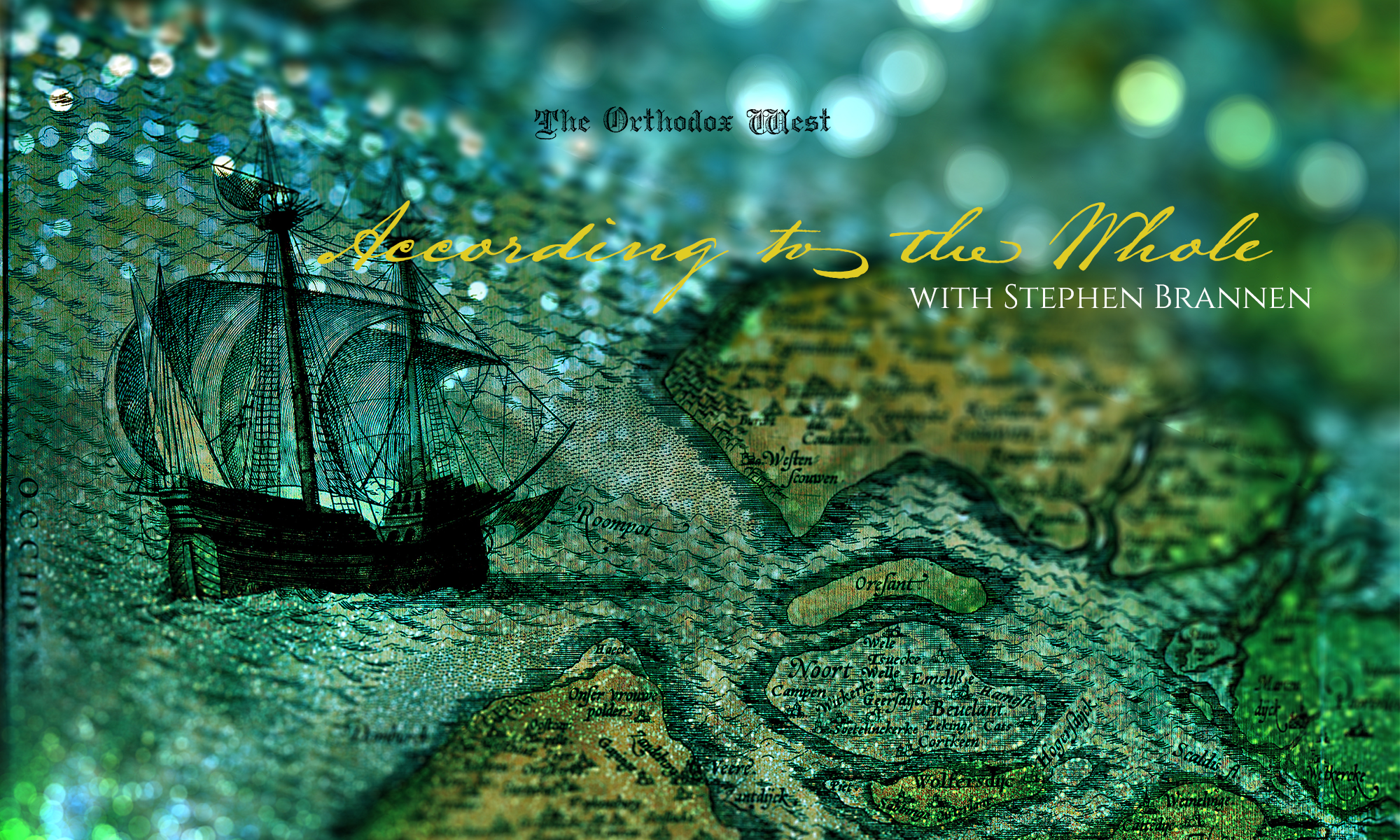What’s the difference in a pilgrimage and a vacation? This past November I made trip to the British Isles that was maybe a little of both. Among the places I visited were the shrine of St. Alban (the first martyr of Britain), the shrine of Our Lady of Walsingham (one of the most venerated Marian apparition sites in medieval Europe), and the shared burial site of Sts. Patrick, Columba, and Brigit of Ireland. Though I prayed at each of these sites, I often couldn’t help feeling like I was a tourist more than a pilgrim, especially after hearing of the devotions that Christians of the past would keep at these holy places, like walking the last ‘holy mile’ to the Shrine at Walsingham barefoot.
I think one of the things I was lacking in my visit to these places was an adequate preparation for encountering them. I didn’t always have my heart and mind ready to be there. I didn’t have devotional material at hand to use for prayer, and so lacking the gift to spontaneously say and pray what I really wanted to in the moment, the moments seemed ill-used. And unlike the experiences of pilgrims of old, my trip had no ascetic elements to it. There was no fasting, physical exertion, or barefoot walking on my visits. Just espressos, short walks from the parking lot, and comfortable car rides from one site to the next. A pilgrimage, I now realize, isn’t only about the destination, but about the journey as well. How we approach the holy site affects our experience of it.
One of the most popular pilgrimages for Christians throughout the centuries has been to Jerusalem to see the holy sites associated with our Lord there, those especially of his passion, death, and resurrection. We know, thanks to The Pilgrimage of Etheria, that by the 380’s Christians in Jerusalem had built shrines and churches on these holy sites, would make processions from one to another, and that Christians from around the Roman empire would travel there to experience them. In medieval Europe, a devotion began developing which was somewhat of a proxy pilgrimage for the multitudes who couldn’t travel to Jerusalem, in which Jesus’ journey to the Golgotha, the via crucis, could be observed locally. This Way of the Cross, in accord with the principles of pilgrimage, not only emphasized a destination but also the journey, accompanied by prayers and ascetic effort. This devotion was and is still especially kept during the Lenten season.
Lent itself is structured like a pilgrimage. There’s a preparation to be made for the journey during Shrovetide (the Pre-Lent season), there’s the journey itself, marked by prayer and ascetic effort, and there’s the destination—-Easter—-made all the more special because of the journey it took to reach it. The journey of the pilgrimage is never an end in itself, but is always eschatologically oriented, looking toward to its true end. But neither is the destination of a pilgrimage experienced in its fullness and proper attitude unless it has been reached by a holy road. In Lent, the mounting heights of each day counting through the forty, the extra steep Ember Days, the sweet refreshment on Laetare Sunday, the increased incline of Passiontide, and the last ‘holy mile’ of the sacred triduum, is a holy road the Church offers us in order to arrive at our Pascha prepared.
But in addition to actual treks to holy sites, devotions like the Way of the Cross, and seasons on our kalendar like Lent, all of life can be a pilgrimage if we intend it. Whether we like it or not, just by virtue of being alive we’re all traveling through time, journeying forward through history. Most of our surrounding culture seems to want to make a vacation out of it, making it as comfortable and pleasant as possible. And while there’s certainly nothing evil about enjoying the honest pleasures of life, if the purpose of life is entirely reduced to that end, then the actual end of the journey, that inevitable destination that we all will reach, will not have been adequately prepared for and will most likely not be experienced in its most fulfilling way. But if life is turned into a pilgrimage and the destination—-meeting God face to face—-becomes the eschatological end that informs the whole journey, then the principles of a pilgrimage will shape that journey differently. Preparation, prayer, and acetic effort will transform our own path through history into a holy road. We won’t be mere tourists who sightsee throughout our trip but end up lost at the end; instead we’ll be pilgrims of history who reach our sought after destination as prepared as we can be—-the journey informed by the end, the end made fuller by the journey. So may we, this Lent, learn the principles of pilgrimage and apply them to our whole lives, one day finally arriving at our destination via the lived Way of the Cross, and ready to see Jesus face to face.
